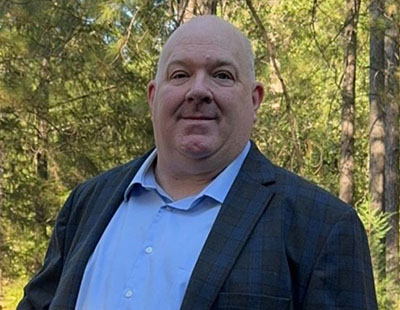Bulls Outnumber Bears in CRE C-Suites
Though it acknowledges a wide variety of obstacles and headwinds, Akerman's annual survey indicates a perhaps surprising degree of optimism among executives.
The latest annual report from national law firm Akerman, based on a recent survey of more than 200 commercial real estate executives across the country, expresses an optimism that might be unexpected. Nearly three-quarters of those surveyed said that they are more optimistic about CRE this year than last.
Asked “Which of the following best describes your outlook for the U.S. real estate market in 2019?”, 39 percent answered “Marginally more optimistic than 2018” and an additional 33 percent responded “Significantly more optimistic than 2018.”
Of the respondents, 46 percent cite the continuing improvement of the U.S. economy as their primary reason for confidence in the real estate market. The report points to both the ongoing GDP growth—3.2 percent annualized in the first quarter—and steady job expansion through April.

Larry Eiben, co-deputy chair of real estate practice group, Chicago, Akerman. Image courtesy of Akerman
Optimism notwithstanding, the survey respondents do acknowledge what the report calls “end-of-cycle behavior,” such as a sharp decline in CRE deals in the first quarter. Numerous concerns enter into this, including trade wars, tariffs on core raw materials such as steel and lumber, a weakening global economy, and partisanship in the approach to the 2020 elections. Three big ones are subsumed under “uncertainty”: interest rates, global economic conditions and federal government policy.
The slowdown, inevitable thought it might be, is widely seen as likely to be less severe than the Great Recession, because of lower leverage, more modest levels of spec development and other factors. And of course, some players are getting ready.
“CRE is likely nearing the end of a very long and bullish cycle, and well-capitalized firms will have a competitive advantage when the market enters a corrective phase,” says Akerman’s Alan Cohen. “There’s a lot of dry powder waiting on the sidelines earmarked for commercial real estate that will be deployed for distressed opportunities.”

Allison Nelson, co-deputy chair of real estate practice group, Denver, Akerman. Image courtesy of Akerman
Cohen adds that “many funds and other non-institutional players have either been accumulating capital by making investments very selectively over the last few years (due to cap rate compressions) or raising new capital to prepare for distressed opportunities.”
Slightly more than half of survey respondents think the primary funder of CRE in 2019 will be private equity, followed by banks. Nearly a fifth (19 percent) see Opportunity Zones as a top funding vehicle this year.
CRE curveballs
Some observations by Akerman’s own people are worth noting. Technology has created buildings that merge the same type of amenities across various sectors, says Akerman’s Allison Nelson. “The workplace is coming into residential communities, and the comforts of residential life are being transposed into the office and industrial space.”
“One class to be concerned about is the aging Class A buildings,” says Akerman’s Larry Eiben. ”Class A office building landlords are having more trouble finding tenants because they are still seeking the higher rents to which they’ve grown accustomed.”
Many owners of these older buildings have renovated and added amenities to retain current tenants and attract new tenants, but if a building is significantly older for a particular market, “it may be prime for redevelopment for other uses such as hospitality or even multifamily residential,” Eiben suggests.
One reality in many regions is the need to consider sustainability and new site conditions created by climate change models. In New York, for example, environmental concerns are “Baked into many projects to deal with sustainability in anticipation of more frequent flooding and sea level changes,” says Akerman’s Richard Leland.

Eric Rapkin, chair of national real estate practice, Fort Lauderdale, Akerman. Image courtesy of Akerman
Eric Rapkin, chair of Akerman’s national real estate practice, cites growing disparities between high- and low-tax states. “The cost of living and income tax variables across the U.S. are already contributing to migrations in corporate headquarters and organizational campuses,” he notes. “It will be interesting to watch over the next few years as conditions continue to evolve and businesses continue relocating their headquarters in consideration of tax-rate disparities.”
The report highlights some recent corporate headquarters relocations to Texas, such as those of Toyota’s North American operation and McKesson Corp.
Top real estate executives across the U.S. were interviewed by a third party on their perceptions of the health of the U.S. CRE market. In all, 210 interviews were completed between Feb. 19 and March 5.









You must be logged in to post a comment.